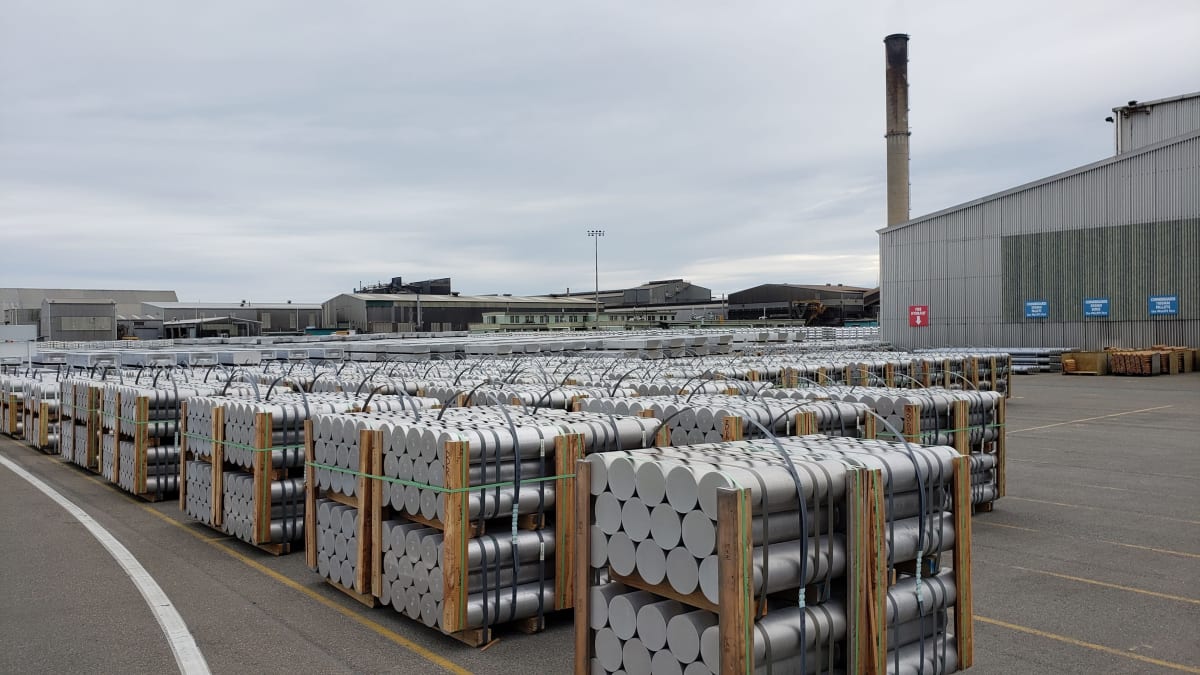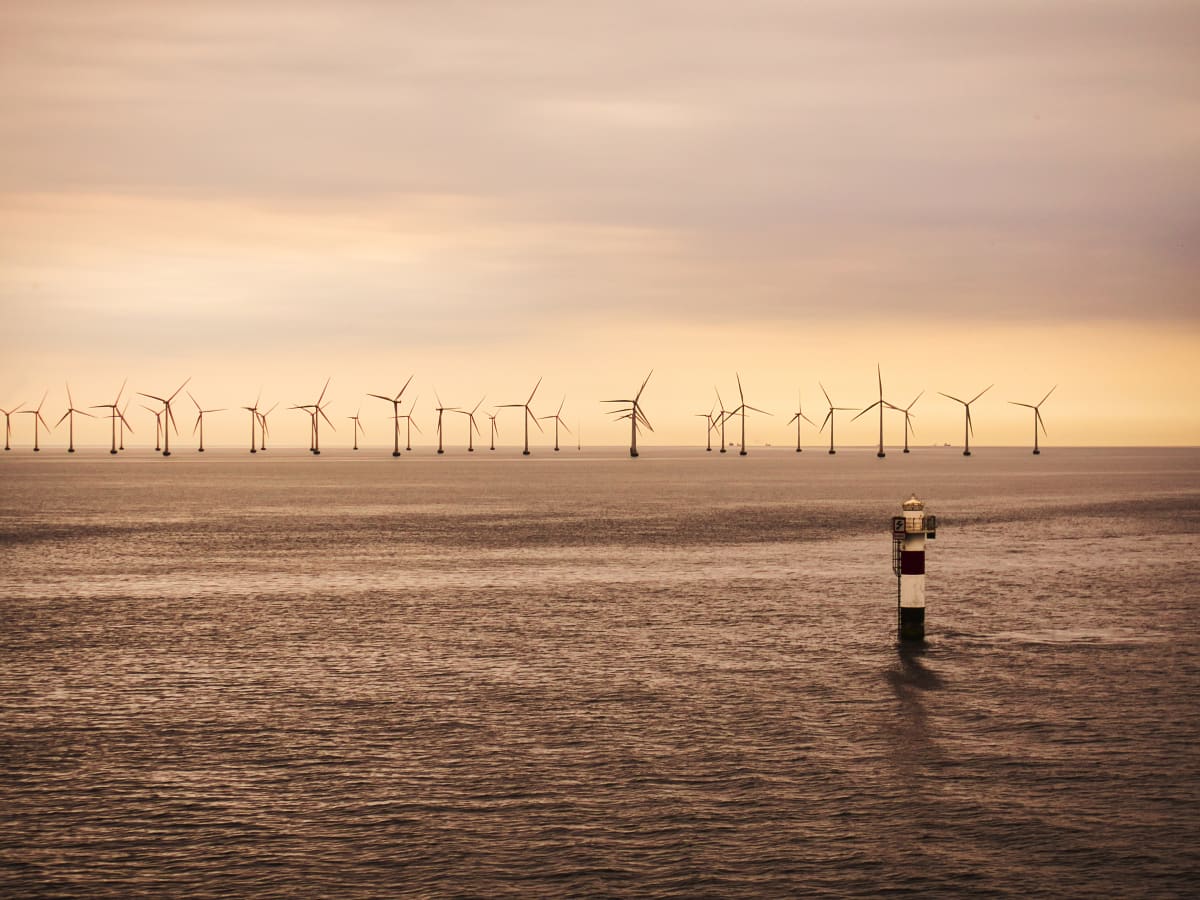
The Government will play a key role in incentivising new renewable generation and breaking gentailers' grip on the electricity market, Marc Daalder reports in the second of two pieces on our future energy system
Analysis: The Government has run out of patience with the long-running "will they, won't they" dance from Tiwai Point.
In an interview with Newsroom, Energy Minister Megan Woods said the Government had told the aluminium smelter's multinational owner Rio Tinto that its behaviour is "not good for New Zealand or Southland".
READ PART 1: ► Hydrogen lined up as NZ’s next big export – report
She blamed the smelter for keeping power prices high and blocking the country's decarbonisation.
Woods made the comments while discussing the energy sector's transition to a zero carbon economy and some of the new announcements in last week's Emissions Reduction Plan.
'Make a decision ... and stick to it'
Of course, this isn't the first time Woods has sent the smelter stern messages.
When Rio Tinto announced a strategic review of Tiwai Point's future in 2019 - just six years after a $30 million payout from the previous National government - she said it wouldn't be getting any help from taxpayers.
In the end, the smelter announced it would close on August 31, 2021. Furious negotiations with 51 percent state-owned Meridian Energy saw it get a sweetheart power deal and a promise to delay closure until the end of 2024.
Then, in February, the smelter said it might stay open beyond 2024, off the back of skyrocketing aluminium prices and a new grid pricing system from the Electricity Authority which will save it $13.6 million a year. At the same time, the Government revealed it had slashed the value of Tiwai's annual carbon credit subsidy by an estimated $60 million.
Now, Woods reiterated the Government's opposition to further subsidies in her comments to Newsroom and said that if the smelter stays, it should also implement low-carbon technology that Rio Tinto's Canadian operations use to reduce emissions.
"Rio Tinto have to make a decision about what they're doing. We've been really clear with them that actually the back-and-forth and the muddying the waters on their decision is not good for New Zealand or Southland," she said.
"It has the potential to hold back investment in new generation, it keeps power prices elevated because there's uncertainty and it also stops the planning for the future. We're really looking for Rio Tinto to make a decision about its future in New Zealand and to stick to it."
As time passes and the country builds more renewable generation, the smelter's hold over New Zealand's energy system is also slipping away.
"I think one of the things with this round of the will-they-won't-they of Tiwai that has changed significantly from previous times is that everybody had a great deal of anxiety about how we would absorb that extra 14 percent of electricity. That is no longer an anxiety for New Zealand," she said.

"We know that we'll absorb that in two or three years with electrification, particularly in the South Island. The other changed world that they've encountered is that people are considering other options as well."
That could include a massive hydrogen production facility or a data centre, both of which use large amounts of electricity.
"We've also been clear to them that any future that remains in New Zealand needs to also fit with the direction we're going as a country," Woods said. "Rio Tinto's investing in lower carbon processes in other parts of the world where they operate. If they were to stay, I'd want to know what kind of investment they were prepared to make in New Zealand to reduce their carbon emissions."
A clean electricity system
The reality is that the 572 megawatts of clean electricity from the Manapouri power station that would be freed up if Tiwai closes down is a drop in the bucket compared to what New Zealand needs to decarbonise.
By 2035, according to the Climate Change Commission, we'll need the equivalent of two and a half more Manapouri dams - and that's if Tiwai really does close in 2024.
While the Government doesn't see a role for itself in building new generation, large chunks of the Emissions Reduction Plan deal with enabling that generation to be built by private companies. In particular, Woods says she wants to see the vice-like grip of (mostly state-owned) gentailers prised off the power market.
One of the key ways to do that is through power purchase agreements. These long-term contracts between Government, large energy users and would-be generators provide certainty on price for the recipients and on demand for the developers.
"Long-term contracts at fixed prices allows people the certainty to invest in generation. It might be 20- or a 25-year contract," Woods said.
"The advantage for the purchaser is they know what they're going to be paying for their electricity over that period of time so that you smooth the price that you're paying. You don't get that volatility, which is something a lot of our industries really struggle with. It's not only the high prices but it's the volatility of the prices."
While there's nothing stopping private companies from making these arrangements already, Woods said the Major Electricity Users Group sees the Government's involvement in these contracts as a key catalyst.
"If everybody knows that government for the next 20 or 25 years is going to have to purchase electricity of some kind, it de-risks it. We purchase an awful lot of electricity as a Government. This isn't about us spending anything additional, it's about us making sure that what we're spending is also contributing in a different way."
Some long-term agreements along these lines have been inked, but they tend to be more local. With the Government leveraging its purchase power, power purchase agreements could enable large-scale generation to be built (including new technologies like offshore wind) by new market entrants.

"This is really about also unleashing independent generation, beyond gentailers just contributing to the renewables future. This will mean that we have different kinds of generators that come in and do this," Woods said.
More broadly, the Government is looking at how to remove any barriers that the planning system puts in the way of new generation. This will include a revamped National Policy Statement on Renewable Energy.
"I've been part of the multi-ministerial group on [resource management] reform not only as the Minister of Housing but also as the Minister of Energy as well. We've got to make sure that we're taking those considerations as we go through the new planning regime," Woods said.
Notably absent from the Emissions Reduction Plan was any heavy-handed crackdown on fossil fuel use. The Climate Change Commission recommended setting an end-date for all fossil fuel boilers, but the Government just put forward a date for coal boilers.
That date, 2037, was also the end-date preferred by major coal-user Fonterra in its submissions on the issue, and comes seven years after the International Energy Agency's phase-out date of 2030 for coal use in advanced economies.
The Government's 2018 ban on new offshore oil and gas exploration made international headlines. But onshore block offers have since proceeded, with two companies granted permits to explore for fossil fuels in Taranaki in June last year.
Applications for the 2020 block offer are still being considered by the Government, but Woods couldn't say whether a 2021 block offer might occur or whether this would be the last gasp of oil and gas exploration in New Zealand.
"We're still working through the 2020 block offer," she said. "We haven't made any decisions about timelines for 21, but we're going to have to do that soon."
Woods said the source of the delay was consultation with iwi, who have been understandably focused on the vaccine rollout.
A study in Nature last year found that 60 percent of known oil and gas reserves would have to remain unextracted if the world wants to limit warming to 1.5 degrees.
► The first part of this series on New Zealand's zero carbon energy system, on a major report's findings about a hydrogen economy for New Zealand, is available here.







